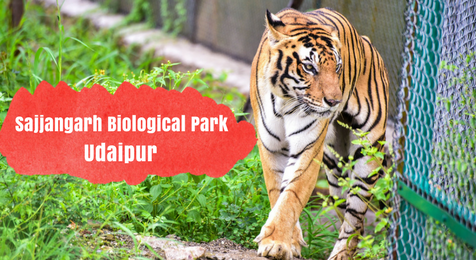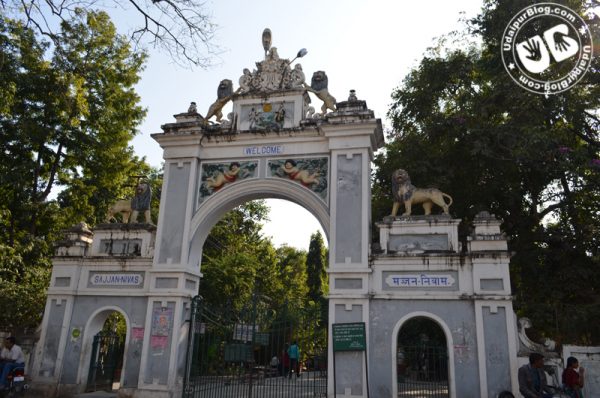Posted inPlaces to Visit
Sajjangarh Biological Park (zoological garden) in Udaipur
One of the major attractions in the City of Lakes, Udaipur is the Sajjangarh Biological Park, which is a zoological garden. It is located in the foothills of the Monsoon…

